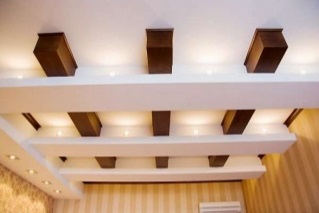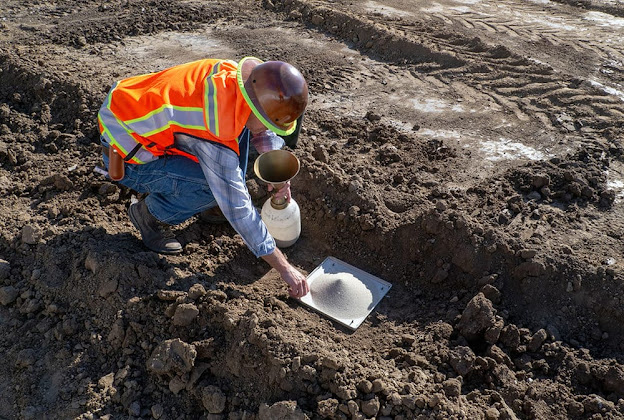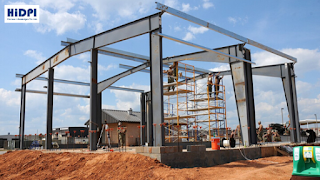Wooden finishing- Structural engineering consultants
Wood is a much-loved building material. It has been used for many years in the construction of houses and other buildings. Wood has very interesting properties.
§ It
is easy to use.
§ Teak,
oak, beech, mahogany… every type of wood has its own appearance and strengths.
§ Wood
is durable
These strengths in combination with the warm appearance of wood make it the perfect material for decorating an interior.
Wood can be used in a variety of ways in a finishing material are:
Wooden Flooring:
Wood
is a common choice as a flooring material due to its environmental profile
durability and restorability, thus it provides value to many homeowners such are
extensively available in many styles, colors, cuts, and species.
Types of Wooden Flooring:
1. 1) Laminated Wooden Flooring:
·
Laminated wooden flooring is a compressed
fiberboard planks covered by a photographic image of wood, stone, or tile with
a protective overlay.
It laid in living areas, studies, and playrooms. Some products include a water proof core which is suitable for bathroom and kitchens.
Advantages:
·
It is cheap
·
Resistance to abrasion
·
Double moisture protection
·
Easy and fast to lay
·
Perfectly interlocked using a clip system
·
Eco-friendly
and health-friendly
Disadvantages:
·
It is easily swollen by moisture and damage can be prepared
·
The
joints wear over time, and once the surface is damaged it is hard to fix.
1. 2) Engineering
wooden flooring:
·
Engineering
wooden flooring is composed of two or more layers of wood in the form of a
plank. The top layer is the wood that is visible and the flooring is installed
and is adhered to the core
·
Each
floorboard consist of three or four layers of wood glued together at the right
angle to create a plan around 40mm thick
·
It laid anywhere, it won’t be exposed to water or humid atmosphere it is time
consuming, fiddly, and noisy to lay the wood on stairs and in some places
·
It is
mostly used in chemical laboratories
Advantages:
·
It is more attractive than a laminate floor and
cheaper than solid planks.
·
It is more stable.
Disadvantages:
·
It is expensive
·
Tongue & Groove is harder to install than click lock.
1. 3) Solid Wooden Flooring:
·
Each board is made from a single piece of wood typically 18to 20mm thick.
·
It is
usually fitted using tongue and groove.
·
All
types of wood have a hardness score which indicates how easily they can be
damaged.
It is laid anywhere with a relatively constant atmosphere particularly in hallways and living areas where you can show if off.
Advantages:
·
It looks fabulous and provided it's installed correctly, is an appealing feature to your home
Disadvantages:
·
Sells in damp conditions and shrinks in dry
once.
· The highest price for entry-level products.
·
It toughest to install.
![]() Wooden
Paneling:
Wooden
Paneling:
The most common use of wooden paneling is for
partitioning and for covering of large area as the sheets generally come in the large size and are extremely light and easy to work with. There are different
type of wooden paneling, these are:
Wainscot Paneling: This is also called bead-board paneling and is often used in wainscot which is when paneling is placed on the lower half of the walls. This is very used to deals with varied weather.
Wood Veneer Panels: The Veneer finish panels consist of three piles. Pre-finish are the most expensive types and those grains will achieve the best quality.
Vinyl Coated Panels: Vinyl coated panels generally have a design that has been laminated into plywood. They are easy to clean but scratch easily. Although the overall look is often very similar to wood. They do require a special cleaning agent in order to prevent damage.
Bamboo Paneling: Due to it durability and the fact that it is highly sustainable. The rich color makes it a wonderful addition to walls, ceilings, and floors and can also be used as an exterior cladding option.
Wooden Ceiling:
Wooden false ceiling is used due to its natural
textures and pattern and it gives a pleasant look. As it is very costly, it is
not used in malls and hospitals but can be used in residential buildings. They
can be given various finishes or painted to get the right look.
Disadvantages
of the wooden ceiling:
·
These
are prone to termite attack
·
Prone
to warping
·
The room should be thermally controlled.
![]() Wooden Doors & Windows:
Wooden Doors & Windows:
Door Frames, Doors, and Windows are commonly used
in all types of buildings. Generally, Teakwood, Sal wood, Deodar wood
&Shisham wood is used for this wood.
Door Frames: Single
or double groove door frames are used for doors fixed with hole-fast for
support. Anti-termite treatment is used in the frame before installation to prevent
it from termite attack.
·
Hinged
doors
·
Revolving
doors
·
Sliding
doors
·
Battened
type
·
Flushed
doors
·
Frames
and paneled doors
·
Glazes
doors
·
Louvered
door
Wooden
Windows: There are different
types of wooden windows. These are:
·
Casement
windows
·
Glazed
Windows
·
Louvered
windows
·
Sliding
Windows
·
Double-Hung
Window
Wooden Furniture: Furniture is usually
made of wood. Just like the dining room table, occasional table, chairs,
wardrobes, sideboards, drinks cabinets, etc. in offices, hospitals, residential
buildings, etc. Woods comes in masses of colors, finishes, and formats.
There
are different types of woods are used in furniture. These are:
·
Plywood: Most furniture contains some plywood. Plywood is strong
and resists splitting and warping. Plywood is often faced with a thin veneer
6-12 mm, thicker veneers with quality finishes will wear better over time.
Refinishing and repairs will depend on the thickness of the veneer. Veneers
help save rare woods and wood in general as less wood is used for the surface
appearance.
·
Solid Wood: It can be refinished many times if it is scratched or
damaged. Depending on the wood, it is generally more expensive. Many older
pieces were solid wood or solid with veneer and can be refinished for quality
wood and structure.
·
Hardboard: It is made of wood fibers sealed together with adhesives,
steam, and pressure. It is often used in unseen parts of furniture such as back
panels and bottoms, drawer dividers, and bottoms.
·
Particleboard: It
is made
of wood particles and adhesive. It is formed by flat-pressing, extrusion, or
mat-forming. Thickness varies from 3 – 50 mm and comes in several sizes. The particleboard has no grain so doesn’t split easily. It is often used in place
of plywood and then finished with veneers or laminates. It can be painted or
enameled.
·
Paper: It is often used as
a base for photographed wood and attached as a film over less expensive
materials to look like wood. A thin layer or film such as “plastic” or other
clean finish covers the paper. Unless covered with a very protective surface,
it is not as durable to heat, moisture, heavy use, scratches, and is not easily
cleaned. It cannot be refinished or repaired easily. Often used in low-cost
furniture.
Wooden Lighting & Decoration:
Woods
are used as millions of wooden decorative and lightning objects for the interior
designs such as wooden bowls, hat stands, tea light holders, photo frames, all
types of wooden light fittings which sometimes also incorporate other
materials, etc.
To read more such interesting blogs, visit:
https://bit.ly/310aztp









Comments
Post a Comment